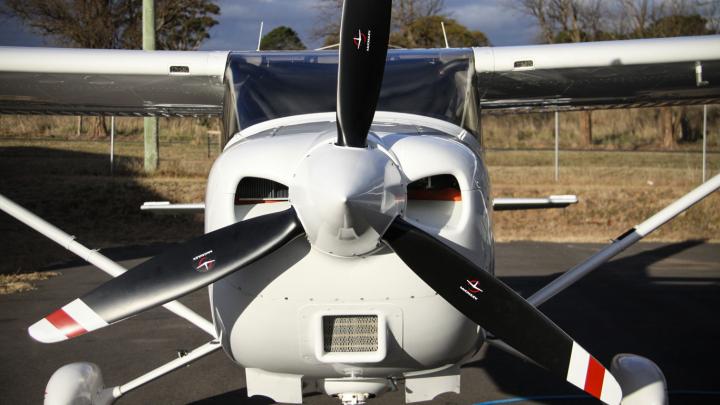How long is it since you've read the pilot's operating handbook (POH) for your aircraft?
Preparing for an air safari may just be the time to re-read your POH with your undivided attention.
If you become familiar with the layout and content, your POH becomes your go-to reference for gaps in your knowledge. This is helpful to understand how your aircraft operates and how you, as the pilot, can operate it safely and efficiently.


